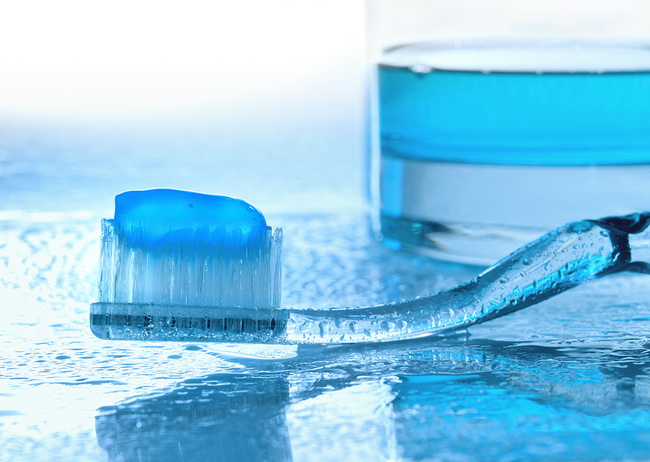- Make It Yourself Lavender Heart-Shaped Bath Bombs!
- 20 Things You Never Knew About “Down There”
- 12 Best Foods For Those Suffering From Arthritis Pain
- 12 Personal Hygiene Mistakes Almost Everyone Makes (Mom Never Told You About #4!)
- 15 Medicinal Plants And Herbs From The Cherokee People
- 12 Mind-Blowing Benefits Of Drinking Coconut Water During Pregnancy
- 12 Outstanding Winter Foods That Won’t Fatten You Up Like A Christmas Turkey
Get Less Mouth Bacteria by Changing This One Thing

Photo credit: bigstock
Ok, who doesn’t want fewer bacteria in their mouth? Bacteria causes gum disease, tooth decay, and bad breath. Ok, so if you want to get rid of more bacteria when you brush your teeth, pick a toothbrush with a solid head. That’s right; simply change the type of toothbrush you buy! The University of Texas Health Science Center in Houston, Texas, recently did some research that showed that toothbrushes with solid heads hold onto less bacteria than ones with hollow heads when it comes to powered, or electric, toothbrushes.
This seems too simple to make much of a difference, but when you consider the fact that toothbrushes can cause infections and transmit disease, this alone is a good reason to give this study more consideration.
The Journal of Dental Hygiene published this study, which was done over a three week period. During this time the subjects were told to brush their teeth twice a day, using an anti-microbial toothpaste and to use their normal flossing routine. The subjects were instructed to not use mouthwash. These subjects were randomly given one of three types of toothbrushes; two had hollow heads, one was a solid head.
SEE ALSO: Homemade Toothpaste Recipe that Remineralizes and Whitens Naturally!
The problem with electric toothbrushes is that when you go to buy replacement heads, the packaging almost never tells you whether it’s hollow or not. How can you tell the difference? The best way is to look at the part that connects the head to the powered part of the toothbrush. There will be some space so the two pieces can be connected, but if you look inside, you should be able to see if it’s hollow or solid. A hollow brush will allow you to see almost everything inside the head, a solid one will not, of course.
Toothbrushes with hollow heads can hide more bacteria in those spaces than solid headed toothbrushes. This study showed that 90 percent of the time, toothbrushes with solid heads had much lower levels of microorganisms than their hollow counterparts.
Continue to Page 2





























